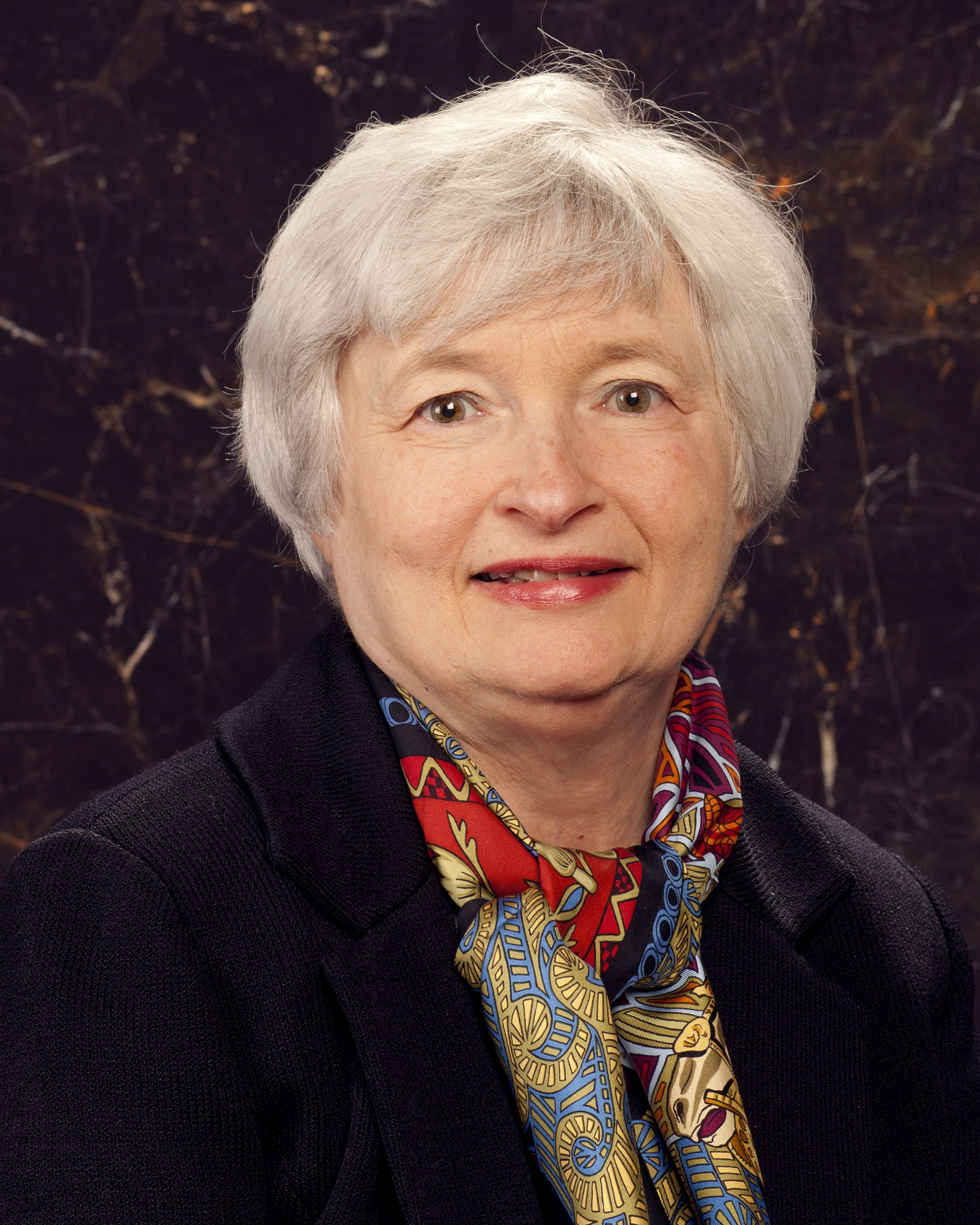
In response to yesterday’s piece a friend pointed out that John Maynard Keynes’ “stock market as a beauty contest” parable is an example of common knowledge game in modern game theory. Game theory is essentially a study of strategic decision making.
Hearing his comment I almost fell from my chair. “Ab game theory bhi padhna padega?” I wondered. But as good friends usually do, my friend mailed across some excellent reference material. (You can read the two pieces by Ben Hunt who writes the Epsilon Theory newsletter here and here).
In this piece I have summarized the two pieces written by Ben Hunt and tried to explain how the stock market is currently working from a game theory point of view and what are the learnings that we can draw from it.
First we need to understand what a common knowledge game is. In order to understand that we will go through the example of the island of the green eyed tribe. On this island people have eyes that are green in colour. Anyone having blue eyes, is supposed to leave the island in a canoe at dawn, the morning after he has found out.
However there are two problems. There are no mirrors on the island. So no one knows what is the colour of their eyes. Further, residents are not allowed to tell each other what is the colour of their eyes. So, if Ajay knows that the colour of Vijay’s eye is blue, he is not allowed to tell Vijay about it.
To summarise, the island of the green eyed tribe is a small island. Given this, every resident knows the eye colour of everyone else who lives on the island, but himself.
In a normal scenario, if the island has residents with blue eyes, they could continue to live on the island. This happens because they themselves do not know they have blue eyes and no one else can tell them about it.
Now let’s say a missionary lands up on the island and declares that at least one resident of the island has blue eyes. Further, let’s say only one resident on the island has blue eyes. So what will happen in this case? This individual, let’s call him Ajay, knows that everyone else has green eyes, so he comes to the conclusion that he must be the one with blue eyes. Hence, next morning he gets into a canoe and leaves the island.
Simple!
Now let’s complicate the situation a little more. Let’s say two residents, Ajay and Vijay, have blue eyes. What do you think will happen here? Ajay and Vijay have seen each other and each thinks that the other has blue eyes. They themselves do not know that they have blue eyes. Hence, Ajay thinks that Vijay will leave the island on a canoe the next morning and vice versa.
Next morning, neither Ajay nor Vijay has left the island. This leaves both Ajay and Vijay confused. But they soon figure out the situation. Ajay thinks that Vijay hasn’t left the island because he has seen someone else with blue eyes. At the same time Ajay knows that everyone else other than Vijay has green eyes. Hence, that leaves only him with blue eyes.
Vijay also realises the same thing. The next morning both Ajay and Vijay leave the island. As Ben Hunt writes in an excellent newsletter titled A Game of Sentiment and dated November 3, 2013, “The generalized answer to the question of “what happens?” is that for any n tribe members with blue eyes, they all leave simultaneously on the nth morning after the Missionary’s statement.”
But that is something for economists who carry out game theory experiments to ponder on. What is the learning here for stock market investors? Before the missionary lands up on the island every resident of the island knows the colour of the eyes of every other resident on the island. But this is private information which is locked up in the minds of the residents.
The missionary comes and changes this situation. He does not turn the information locked up in the minds of residents into public information, meaning he doesn’t tell them loud and clear that Ajay and Vijay are the ones with blue eyes.
Nevertheless, he turns what is private information until then into common knowledge. And common knowledge is different from public information.
As Hunt writes in a newsletter titled When Does the Story Break and dated May 25, 2014, “Common knowledge is simply information, public or private, that everyone believes is shared by everyone else. It’s the crowd of tribesmen looking around and seeing that the entire crowd heard the Missionary that unlocks the private information in their heads and turns it into common knowledge. This is the power of the crowd watching the crowd, and for my money it’s the most potent behavioral force in human society.”
Further, it takes time for the residents of the island to realize what they know. It doesn’t happen immediately. As Hunt writes “The truth is that an enormous amount of mental calculations and changes are taking place within each and every tribesman’s head as soon as the common knowledge is created. The more tribesmen with blue eyes, the longer the game simmers. And the longer the game simmers the more everyone – blue-eyed or not – questions whether or not he has blue eyes.”
In the example of Ajay and Vijay, it took them a day to realize that both of them have blue eyes. And once they did, they left the island the next morning, i.e two days after the missionary made the statement.
If there had been three people with blue eyes, it would have taken them three days and so on. That is how the dynamic works. So Ajay is watching Vijay and thinking that Vijay has blue eyes and hence, needs to leave the island. A similar dynamic is playing up in Vijay’s mind as well about Ajay.
The next day Vijay hasn’t left the island and Ajay realizes that Vijay is thinking the same thing about him, as he is thinking about Vijay. And once they have figured out they leave the island. So, nothing happens for two days and then they leave the island. In case of three people with blue eyes, nothing happens for three days and then they leave the island.
The point being it takes time for common knowledge to seep through and then there is immediate action.
If all that has left you wondering what all this has got to do with the stock market, allow me to explain. “If you haven’t observed exactly this sort of dynamic taking place in markets over the past five years, with nothing, nothing, nothing despite what seems like lots of relevant news, and then – boom! – a big move up or down as if out of nowhere – I just don’t know what to say. And I don’t know a single market participant, no matter how successful, who’s not bone-tired from all the mental anguish involved with trying to navigate these unfamiliar waters,” writes Hunt.
In the Indian context, the Sensex was yo-yoying over the last few years but has made a definitive move in 2014, with gains of nearly 33%. “And then boom,” is the best way to describe this move. That’s the power of the “crowd watching the crowd” for a while and then suddenly deciding to invest because the “common knowledge” of they thinking that everyone else is investing, seeps through.
That’s one part. The other part here is that of the “missionary” and the message he is sending out. The message will be believed depending on how credible the missionary is viewed to be and how loud is his voice. In the media this loudness and credibility is established by being seen at the right place. And that’s how the message is amplified.
As Hunt writes in A Game of Sentiment “How do we “see” a crowd in financial markets? Through the financial media outlets that are ubiquitous throughout every professional investment operation in the world – the Wall Street Journal, the Financial Times, CNBC, and Bloomberg. That’s it. These are the only four signal transmission and mediation channels that matter from a financial market CK (common knowledge) game perspective because “everyone knows” that we all subscribe to these four channels. If a signal appears prominently in any one of these media outlets (and if it appears prominently in one, it becomes “news” and will appear in all), then every professional investor in the world automatically assumes that every other professional investor in the world heard the signal.”
And this has an impact on the financial markets. In an Indian context one could add The Economic Times to the list as well. Fund managers want to be featured in these publications because it increases their ability to influence the financial markets. The stories they want to tell people about explaining the various reasons behind what is an “easy money” driven bull market are more likely to be believed.
The big missionaries in the current scenario are the central banks. What they say is closely watched. As Gary Dorsch, Editor, Global Money Trends newsletter, wrote in a recent column “Bad economic news is treated as bullish news for the stock market, because it lead to expectation of more “quantitative easing.” And the easy money flows that are injected by central banks go right past goods and services (ie; the real economy) and are whisked into the financial markets, where it pushes up the prices of stocks and bonds. In simple terms, what matters most to the stock markets are the easy money injections from the central banks, and to a lesser extent, the profits of the companies whose stocks they are buying and selling.”
But that is something that fund managers are not very comfortable talking about.
This piece originally appeared on www.equitymaster.com on Nov 26, 2014



